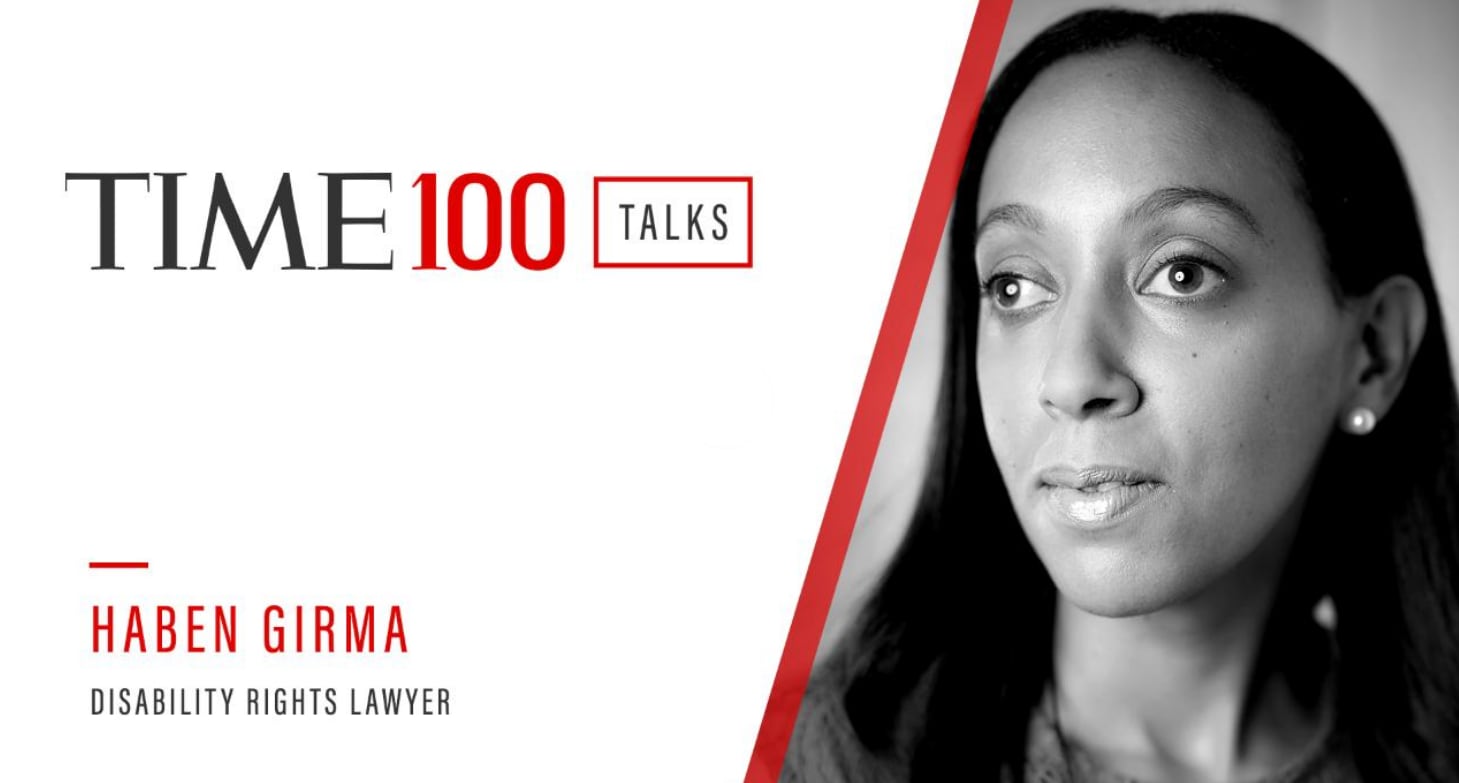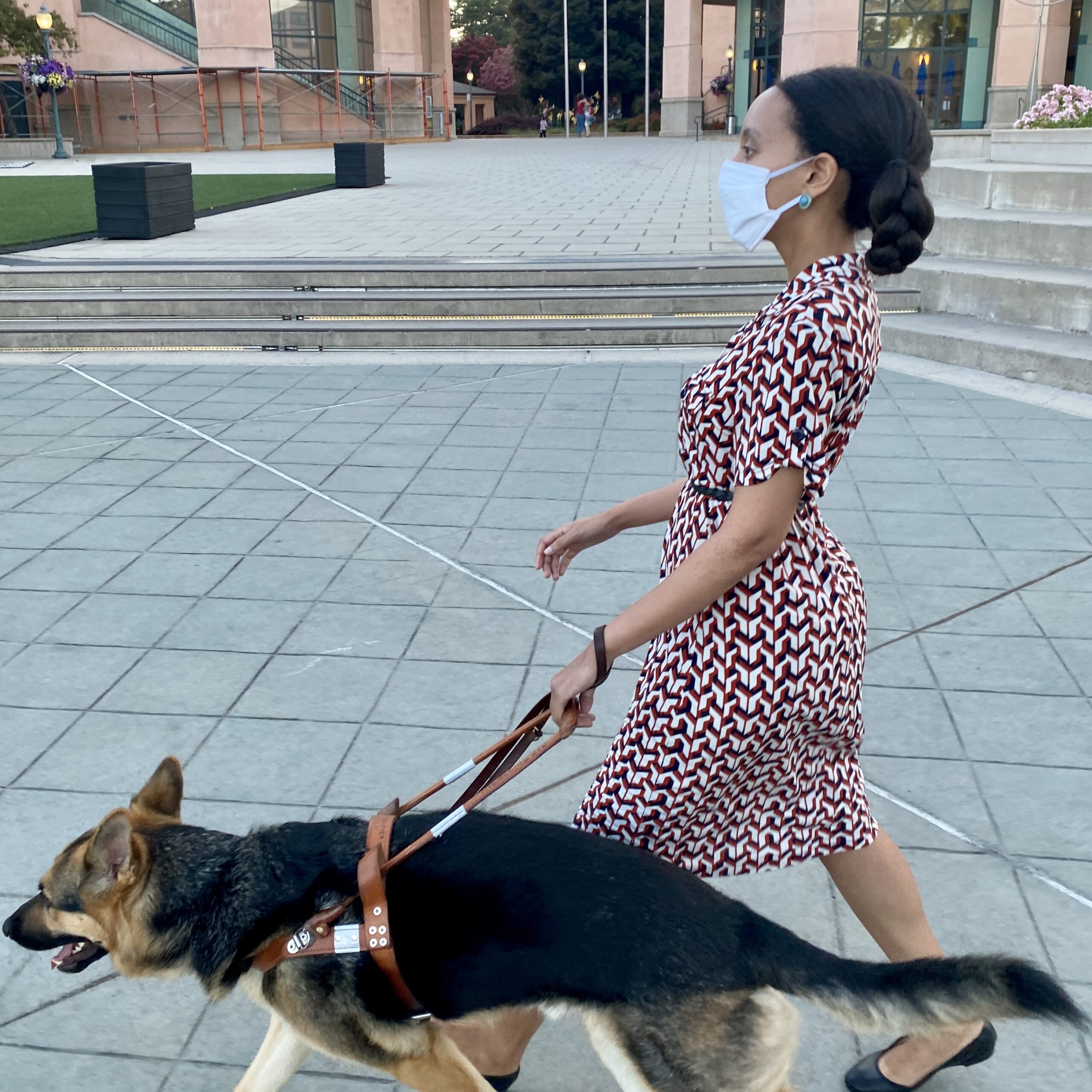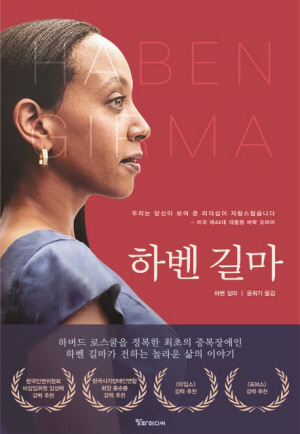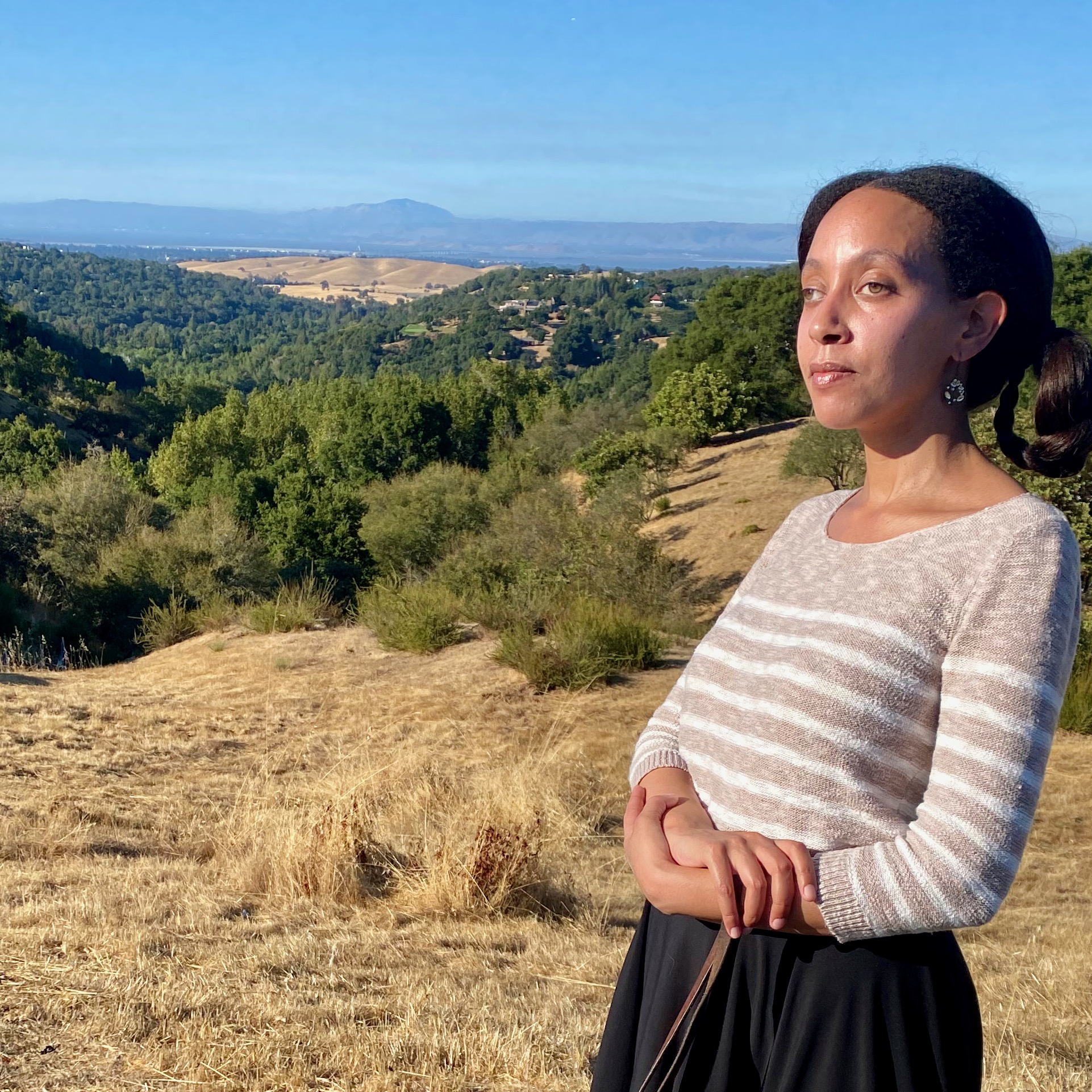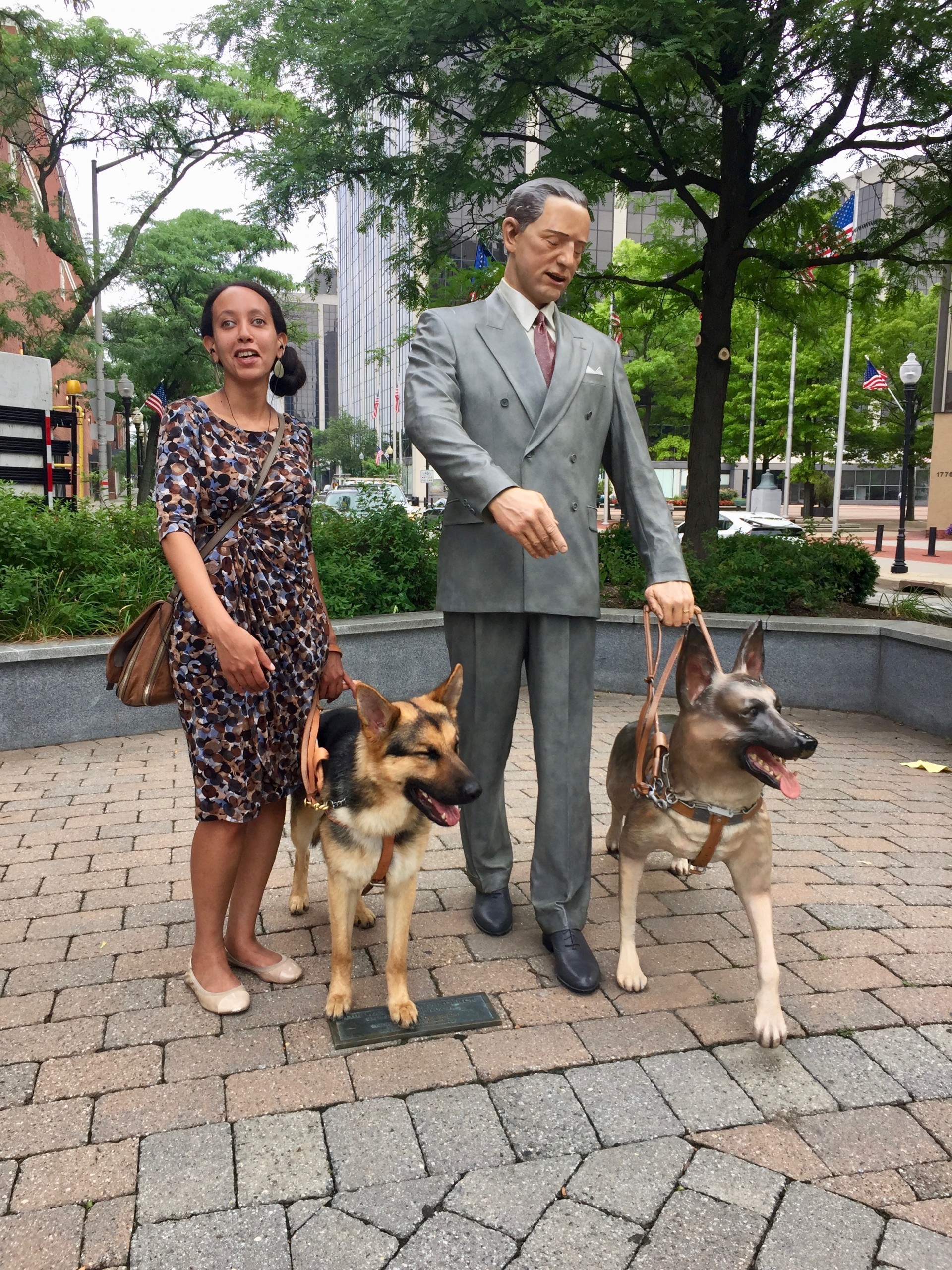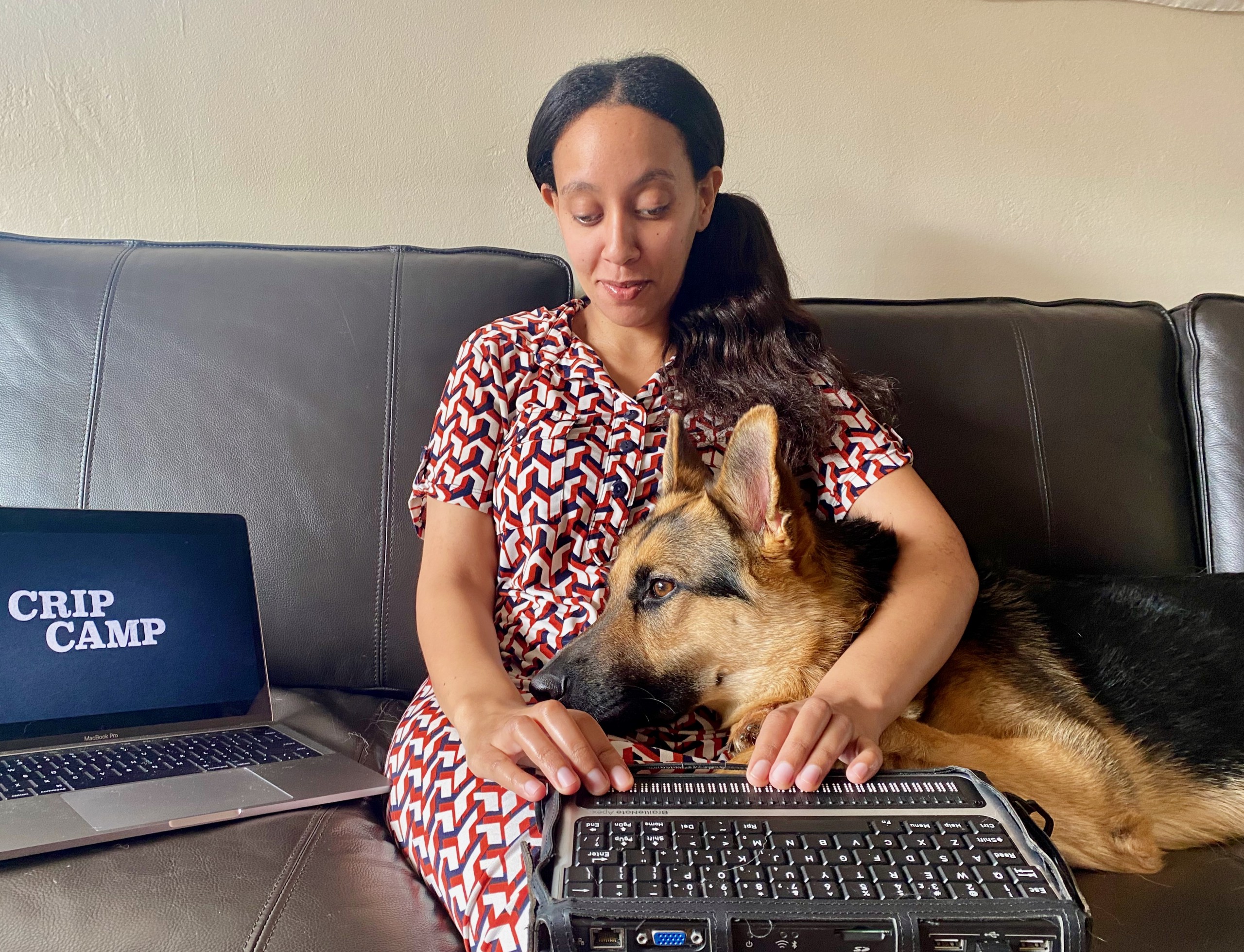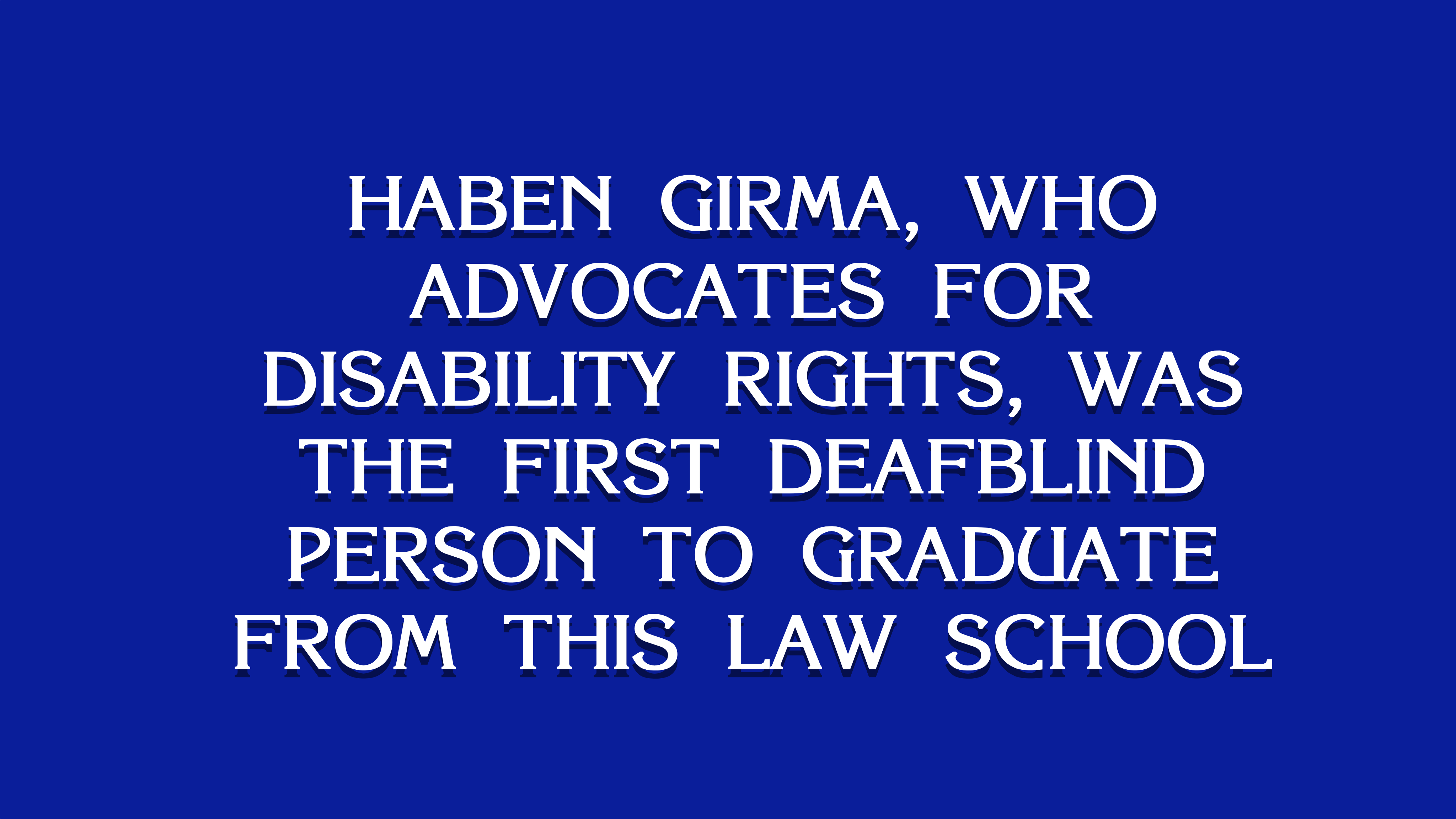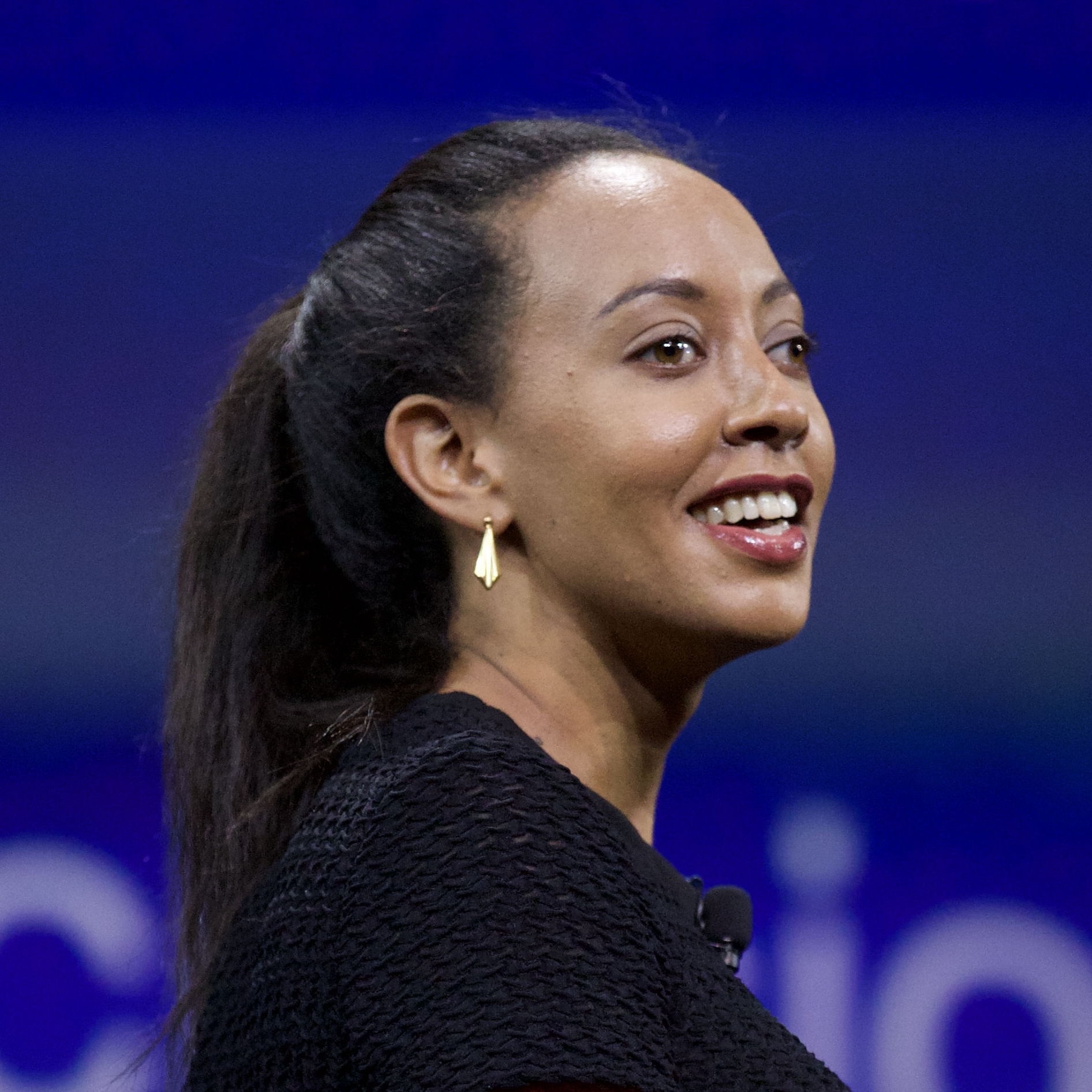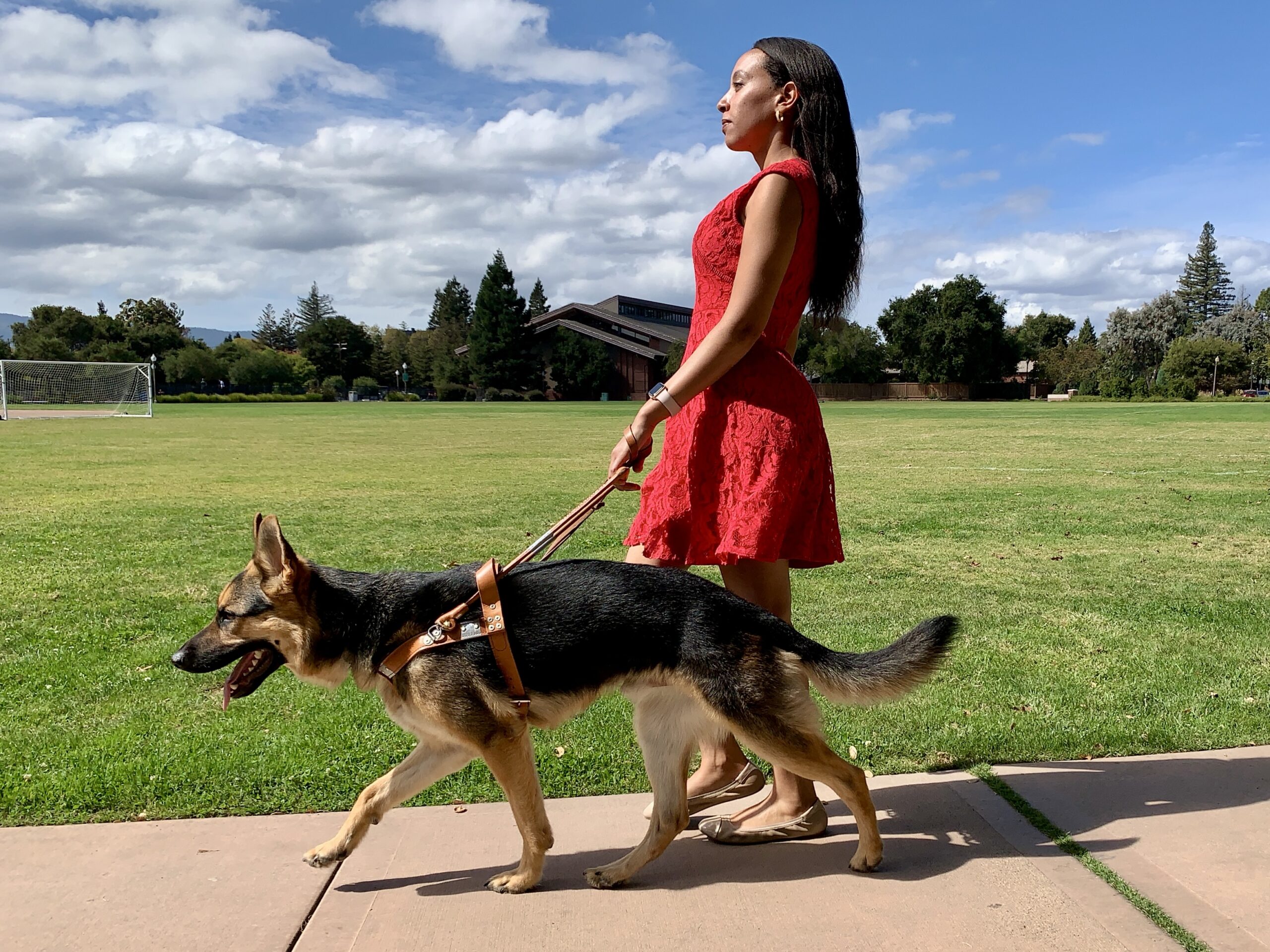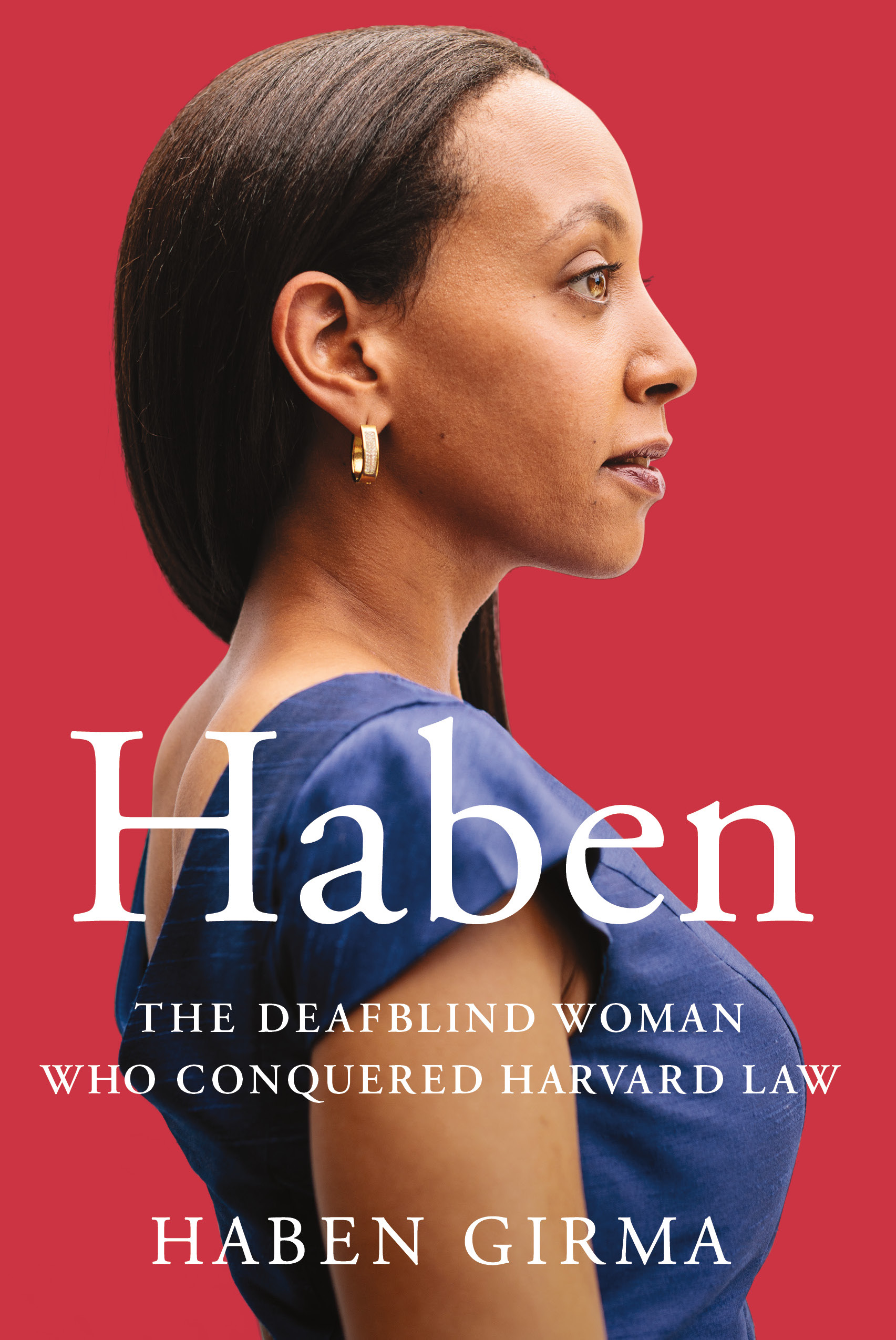Talking with TIME 100 and Walking with Autonomous Robots
TIME Magazine celebrated my disability justice work by including me in TIME 100 Talks, a video series spotlighting influential people. I was surprised and honored. My excitement turned to disappointment when I checked the video — no captions, no audio descriptions, and no transcript. The TIME 100 video featuring me was not accessible to me. … Read more
